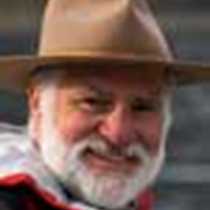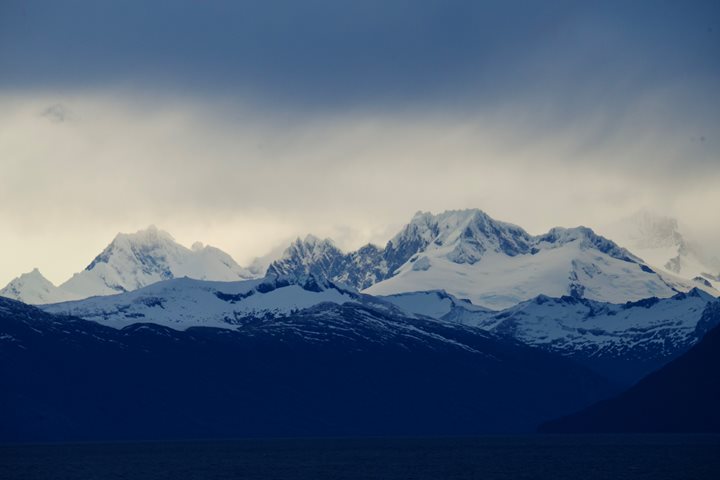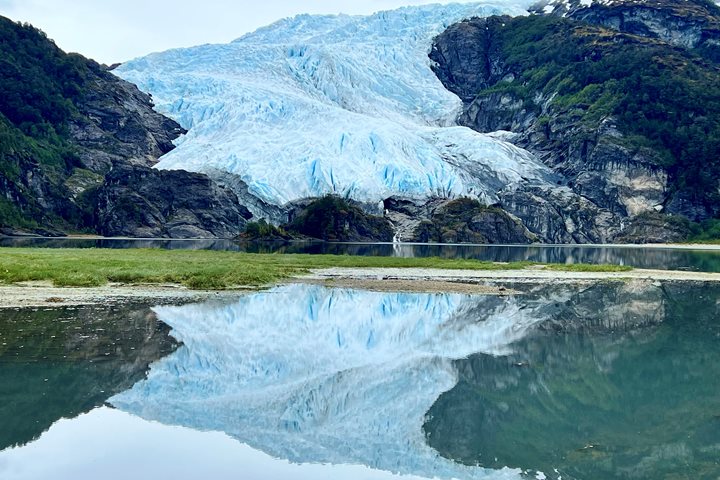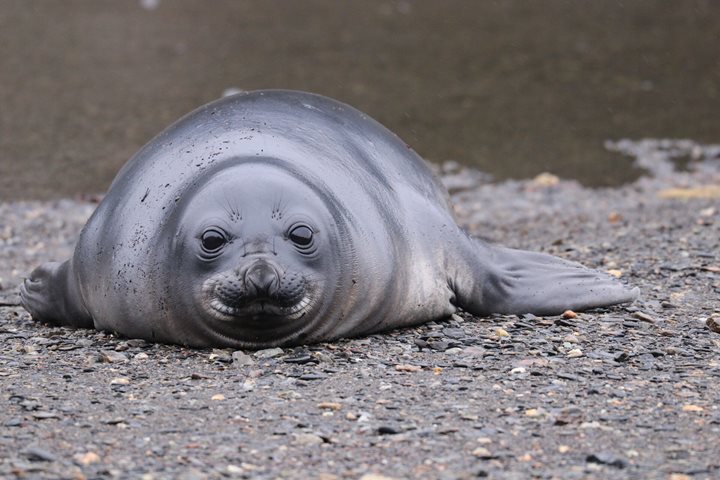It had been a quiet night until National Geographic Explorer headed into the Strait of Lemaire. This stretch of water is known for its strong currents, and the 20-knot winds from the southwest added to the ship’s movement. With
The plan for the morning was to visit a rockhopper penguin colony in Franklin Bay, on the west coast of the island. We were also hoping to drop off the scientists we had picked up in Ushuaia the previous evening. It was soon evident, however, that conditions were too challenging to do either of those activities and so the ship turned around for Plan B. As we headed out of the area, the early risers among us were able to get good views of the rockhopper colonies along the southern coastline.
The ship headed north and then east for Crossley Bay. By now, the winds had picked up even more, and as soon as we saw guide ropes go up in the dining area, we knew we were in for a little rocking and rolling. A scouting party went ashore with the scientists, and soon we got news that a landing was feasible. This was the first time that National Geographic Explorer was to carry out a disembarkation here, and we were delighted! The landing area was a large, crescent moon-shaped bay, and we spotted some wildlife—ashy-headed geese, dolphin, and kelp gulls. We walked a short way over sand dunes and into abundantly vegetated areas, then headed down to the other end of the beach. Those who chose the longer walk went inland along the edge of an extensive marsh, quite muddy and boggy, and then along the edges of a southern beech forest. There were many winter’s bark trees and holly-leafed barberry bushes, which were in full bloom. Many birds were spotted along the way. It was a splendid morning. During lunch, we repositioned the ship for Zodiac cruises in Port Hoppner.
We were all struck by the incredible beauty of the place, with its steep-sided mountains and enormous cirques left from past ice ages. Of course, the trees, extensive moss, and lichen beds also attracted our attention. We saw a good number of birds: rock shags preparing to nest, turkey vultures, steamer ducks, and many kelp geese. In the quiet, little coves, we spotted king crabs through the clear water. At the end of the cruise, we spent some time at a lovely little waterfall that cascaded over rocks before pouring into the salty waters of Port Hoppner. It was an excellent start to our Staten Island adventure.







